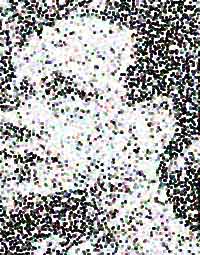
There is a nice, cosy 2nd hand book shop Never Ending
Books located at 308 Hibiscus Highway, Orewa Beach (New Zealand).
Further, someone registered the domain-name www.neverendingbooks.com and
isn't doing a thing with it at this moment. And that's about it!
As this site will be a strictly non-profit set-up, it made sense
to register the domain-name www.neverendingbooks.org
instead. Partly because many of you seem to find www.matrix.ua.ac.be way too
difficult to remember (judging from the number of times people end up
here Googling _lieven le bruyn_). Unfortunately, registering the
domain-name is the only of three urgent goals I set myself that actually
panned out so far (the other two, _getting a prefix_ and
_partnering up_, won't mean much to you and I'll explain
them later when (if) they work out).
Over the next couple of
weeks it will become gradually clear what this site is all about.
I've worked out things (in theory) over several sleepless nights,
but making them happen will require a lot of extra work.
Oh, you
don't believe I did think some things through? Have a look at the
new header-picture. Recognize those eyes? If you do, you will agree that
this choice was almost forced upon me as I wanted to capture at the same
time the _non-commutative-algebra_, the _non-commutative
geometry_ as well as the _neverending_ aspect of this
site…
